Something for Everyone
Kateryna Lysovenko
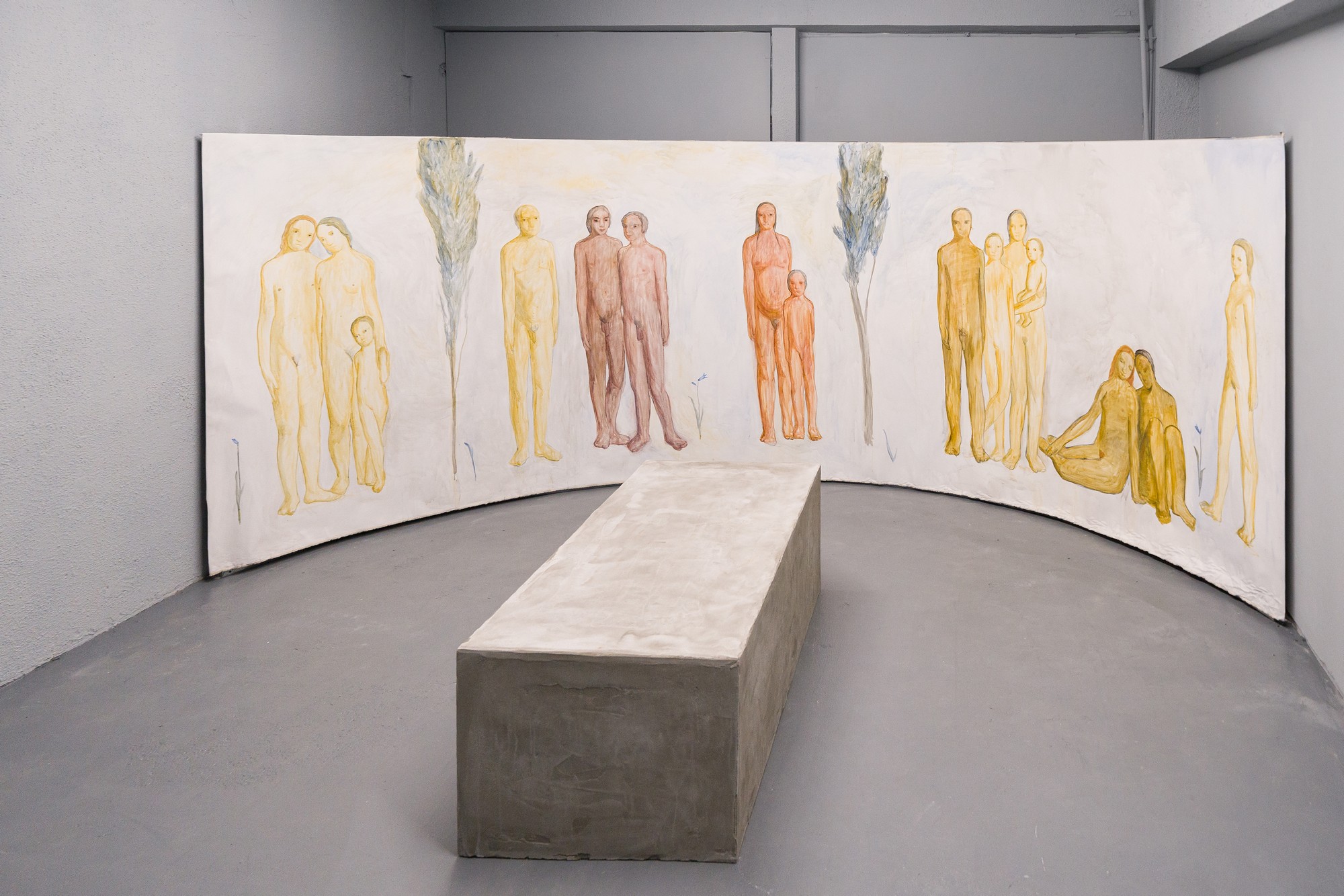
Kateryna Lysovenko
Something for Everyone
Installation View
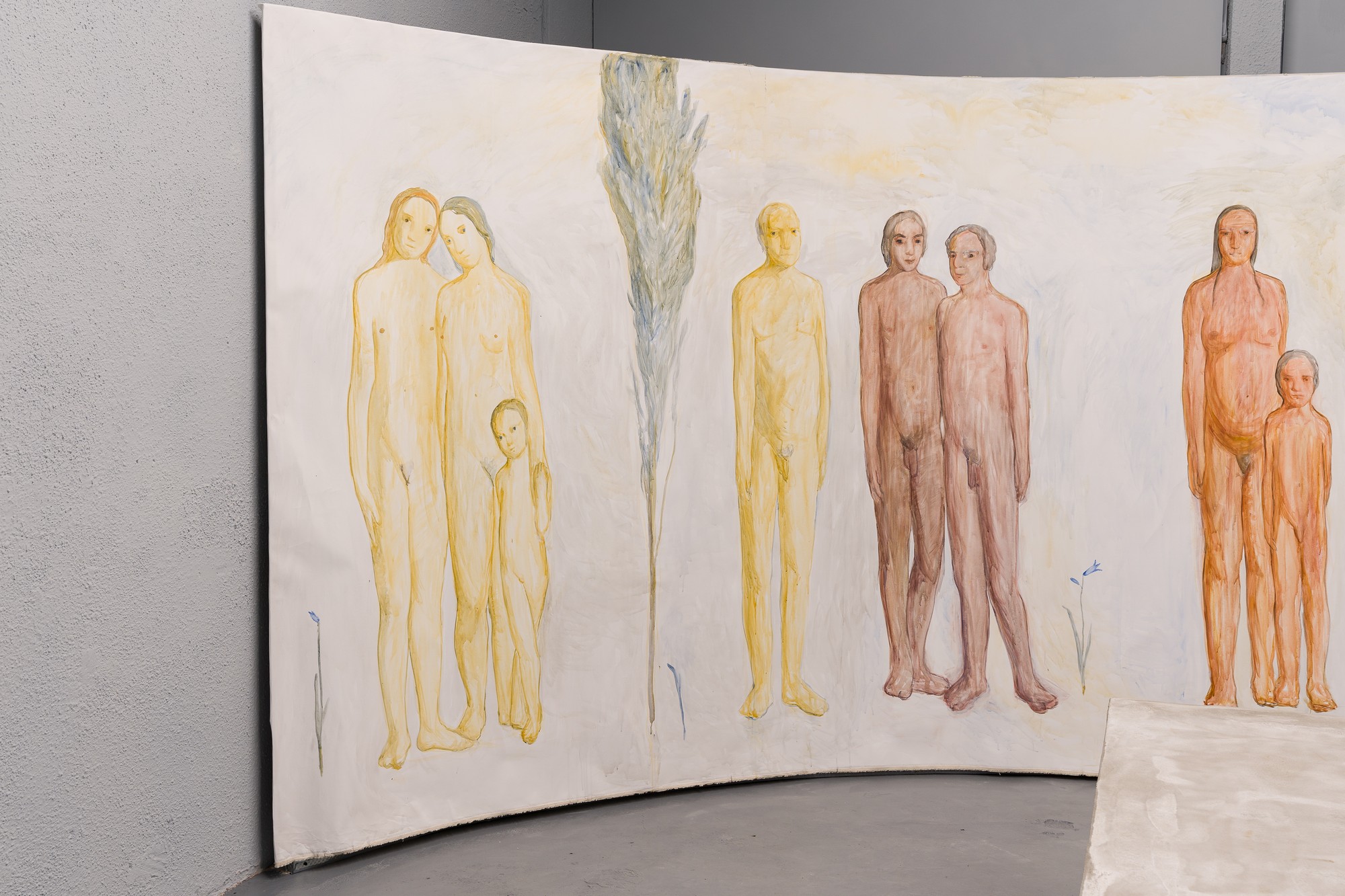
Kateryna Lysovenko
Something for Everyone
Detail
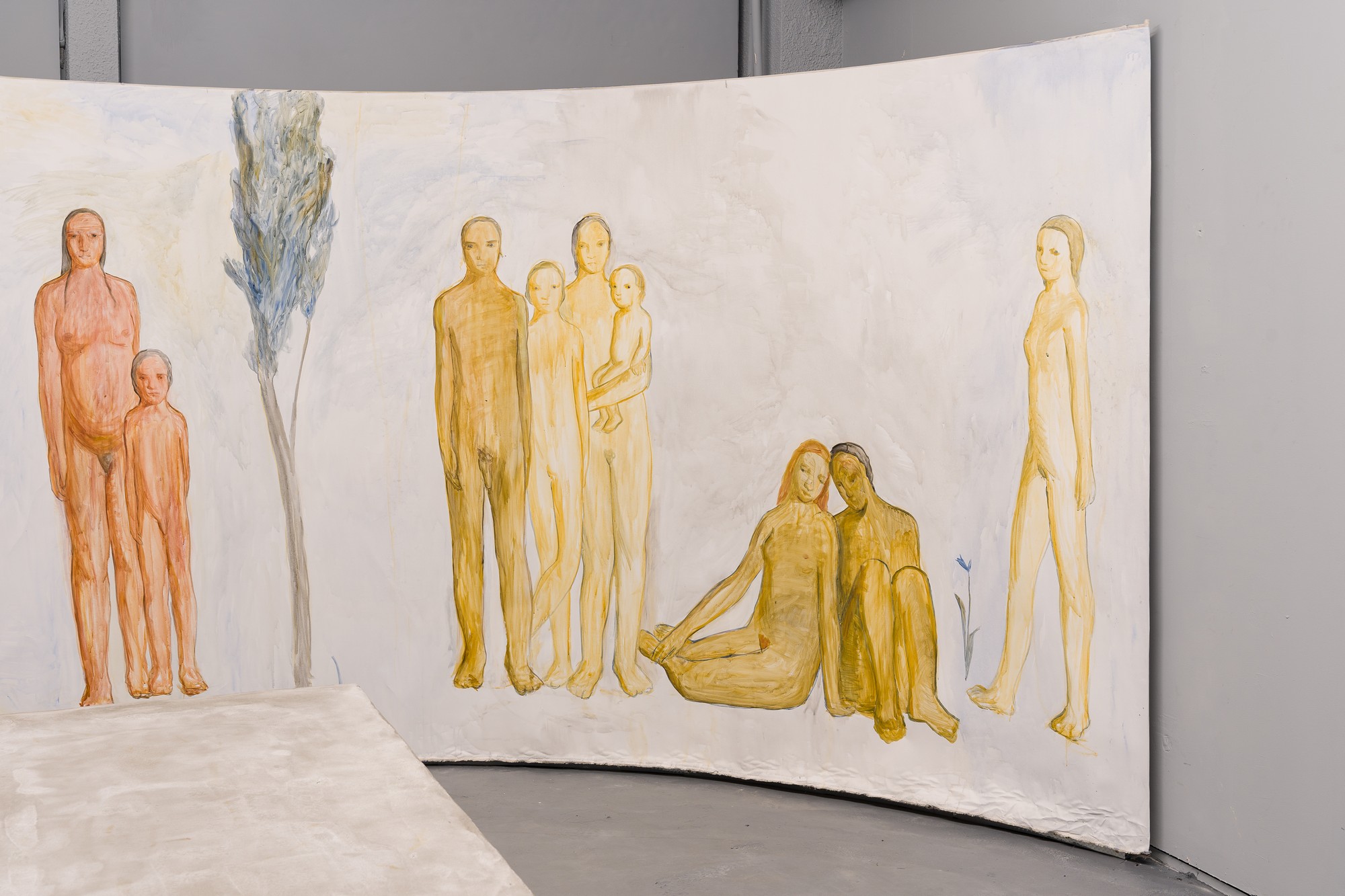
Kateryna Lysovenko
Something for Everyone
Detail
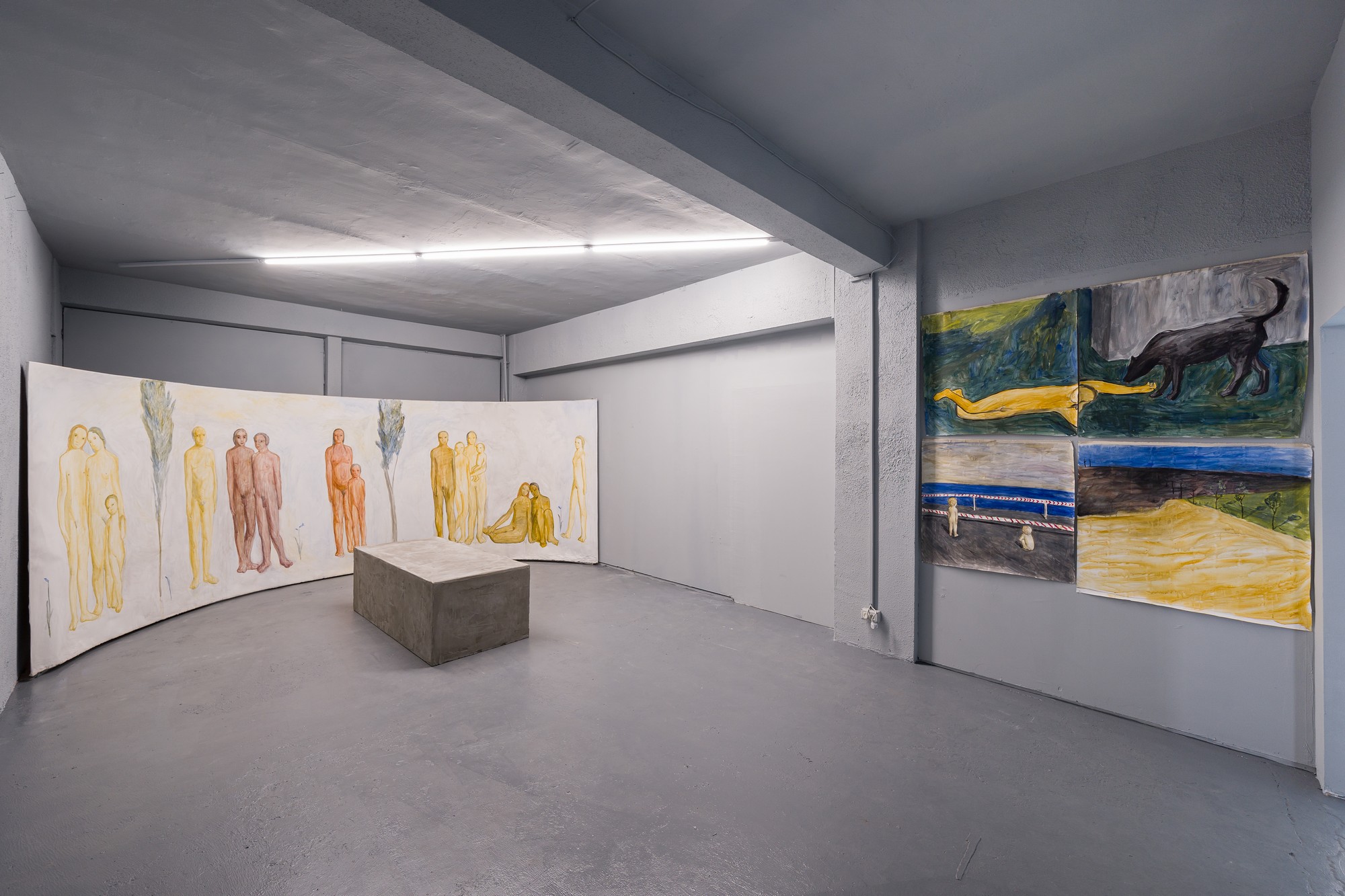
Kateryna Lysovenko
Installation View
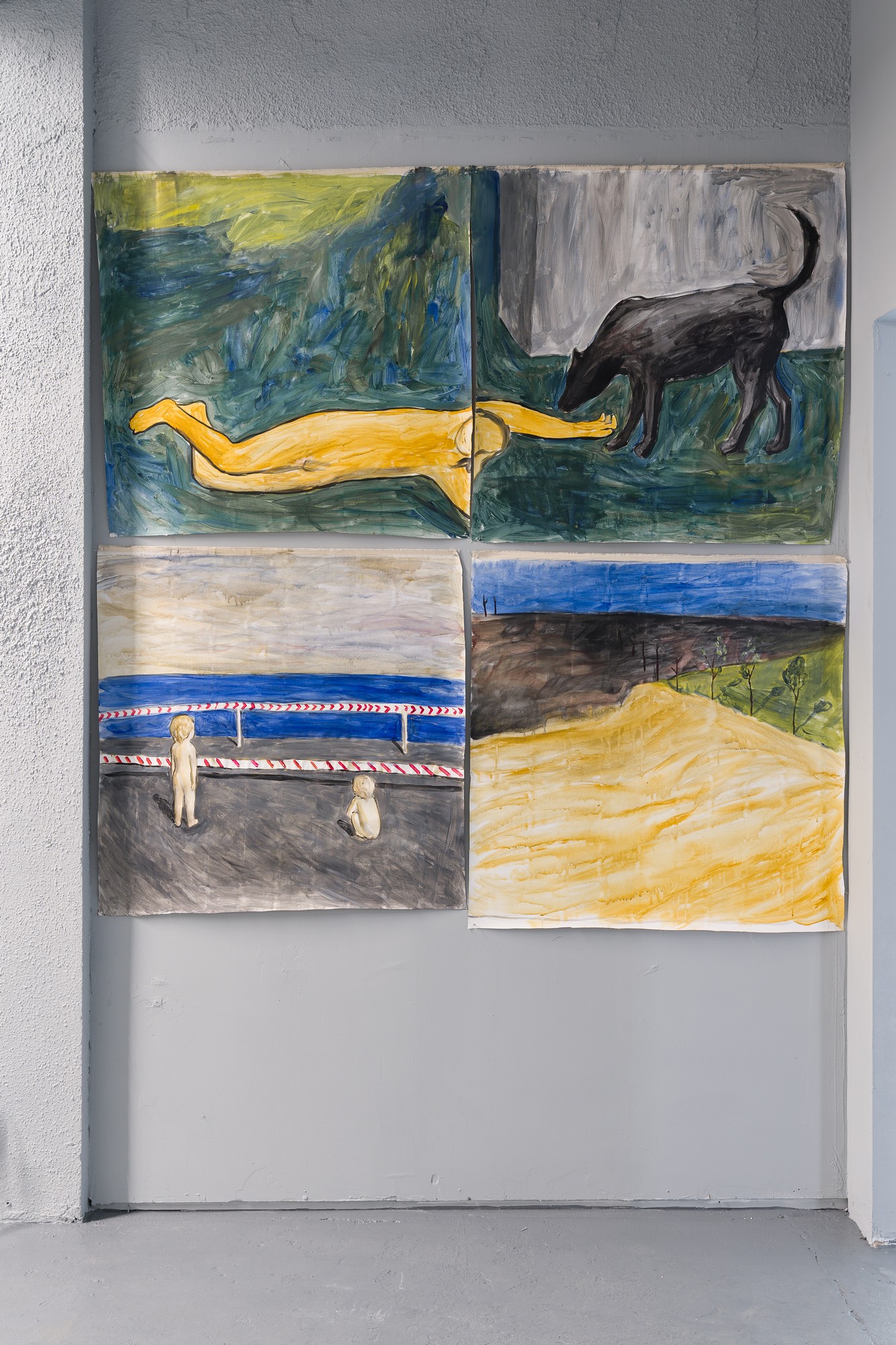
Kateryna Lysovenko
8 plots possible in the interpeace and interwar time; and the dove of peace with the catastrophic eyes. On the problems of description and periodisation, 2022
Acrylic on canvas
Installation View

Kateryna Lysovenko
8 plots possible in the interpeace and interwar time; and the dove of peace with the catastrophic eyes. On the problems of description and periodisation, 2022
Detail
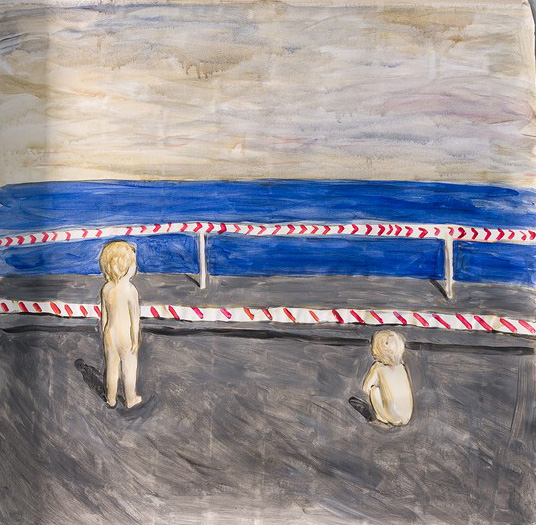
Kateryna Lysovenko
8 plots possible in the interpeace and interwar time; and the dove of peace with the catastrophic eyes. On the problems of description and periodisation, 2022
Detail
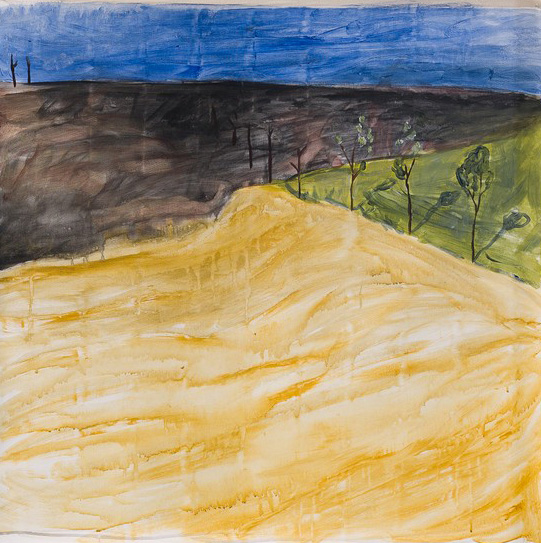
Kateryna Lysovenko
8 plots possible in the interpeace and interwar time; and the dove of peace with the catastrophic eyes. On the problems of description and periodisation, 2022
Detail
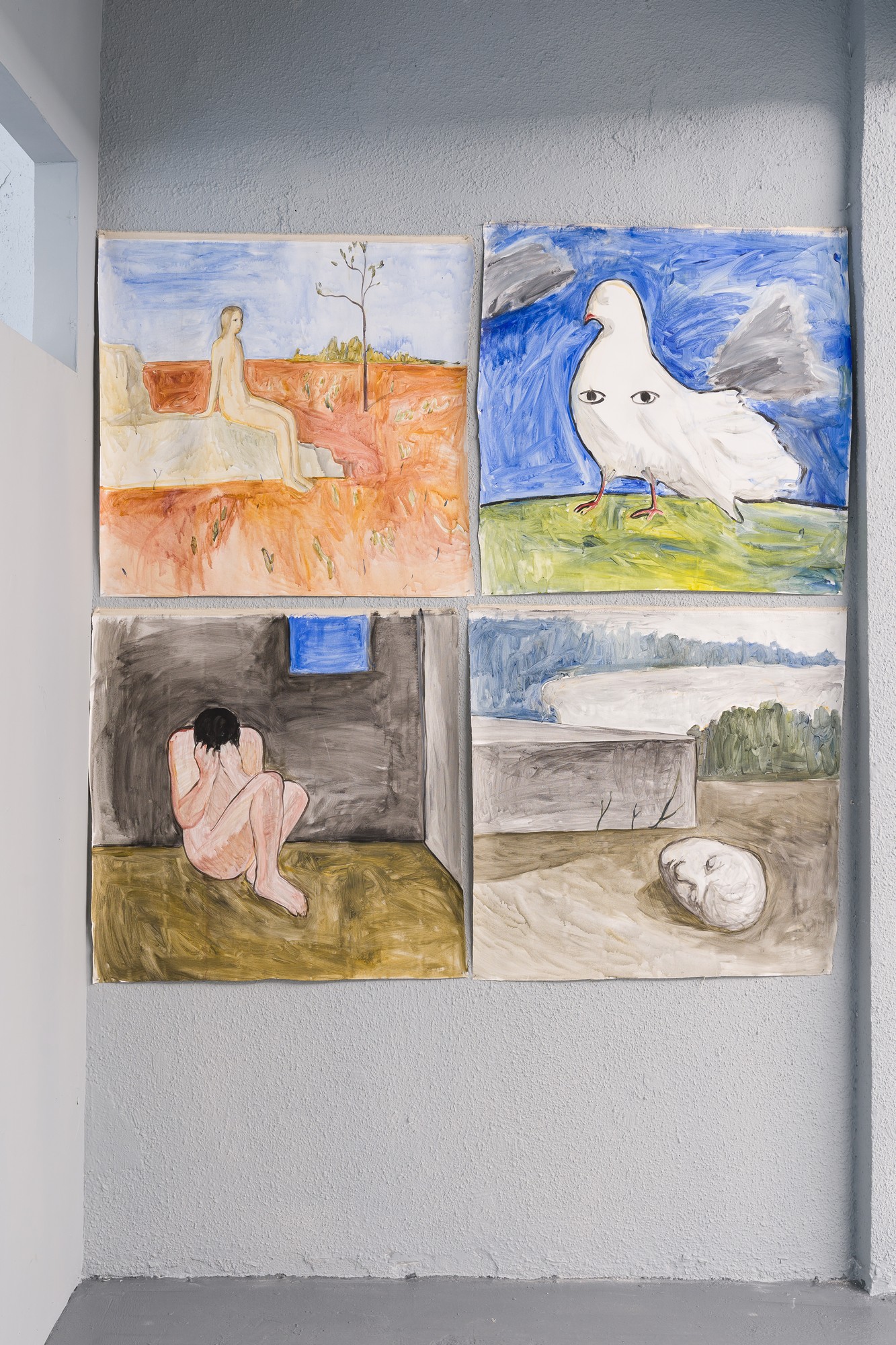
Kateryna Lysovenko
8 plots possible in the interpeace and interwar time; and the dove of peace with the catastrophic eyes. On the problems of description and periodisation, 2022
Acrylic on canvas
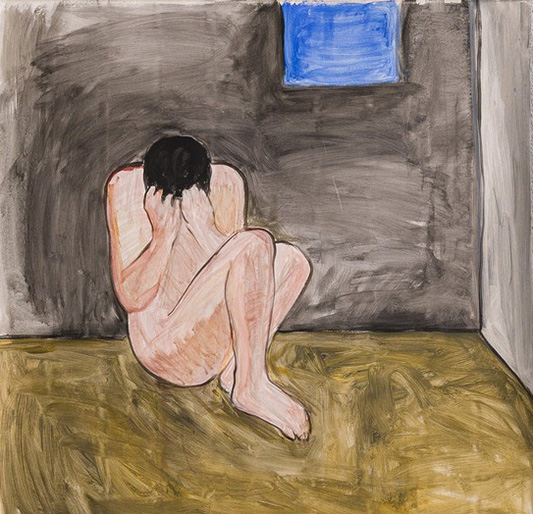
Kateryna Lysovenko
8 plots possible in the interpeace and interwar time; and the dove of peace with the catastrophic eyes. On the problems of description and periodisation, 2022
Detail

Kateryna Lysovenko
8 plots possible in the interpeace and interwar time; and the dove of peace with the catastrophic eyes. On the problems of description and periodisation, 2022
Detail
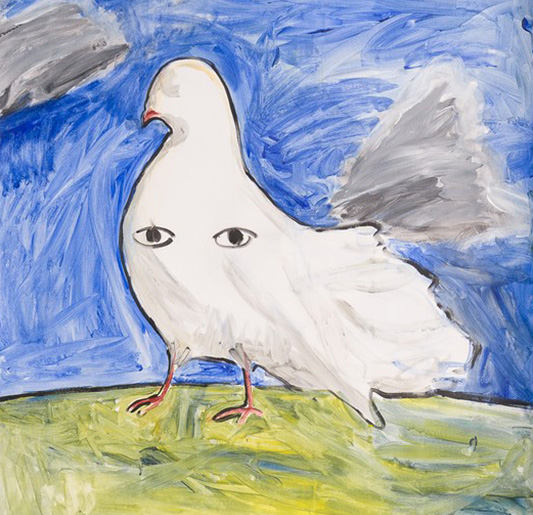
Kateryna Lysovenko
8 plots possible in the interpeace and interwar time; and the dove of peace with the catastrophic eyes. On the problems of description and periodisation, 2022
Detail

Kateryna Lysovenko
8 plots possible in the interpeace and interwar time; and the dove of peace with the catastrophic eyes. On the problems of description and periodisation, 2022
Detail
Both people who brought the war closer and those who tried to stop it said they did not want war. The sound of many voices merged into a chorus. There was also singing about sacrifices necessary to avert the war, and later about sacrifices necessary for the war to end. Like in ancient tragedies, everyone wanted what was best, but the very way the action was staged made the tragedy inevitable. Like in ancient tragedies, a sacrifice must happen.
At school, I was taught that history follows a linear course, that we leave the horrors of the past further and further behind us. Later, I realized that looking at history and commemorative practices as a grave for horrors which stayed in the past prevents us from seeing the evil of our present and calling it by its real name: evil. The chorus cannot fully reveal the tragedy happening today; at best, the tragedy gets recognized as such long after the horror. Thus, memorial practices are akin to a certain kind of performance: it is given by actors who believe in what they are performing, but takes place in the void formed by the absence of those who are long gone and leaves people separated from the world by evil in the void of today.
I think about the semicircular amphitheater which embraces you, makes you look, makes you forget there is an exit behind you, and about the altar, which always plays the main role.
The words of the chorus help to forget the war, to start the war, to conceal its approach. The words are also to blame. Nothing is truly left behind: we live either in an interwar or in an inter-peace time – Kateryna Lysovenko
Kateryna Lysovenko is an artist who before the beginning of the 2022 war with Russia was living and working in Kyiv, Ukraine. She is currently a guest student in the Academy of Fine Art in Vienna. Her monumental works engage in the relationship between ideology and painting. Through a study on how images of victims are produced in politics and art throughout the ages, Lysovenko explores how painting can be an instrumental language for liberation.